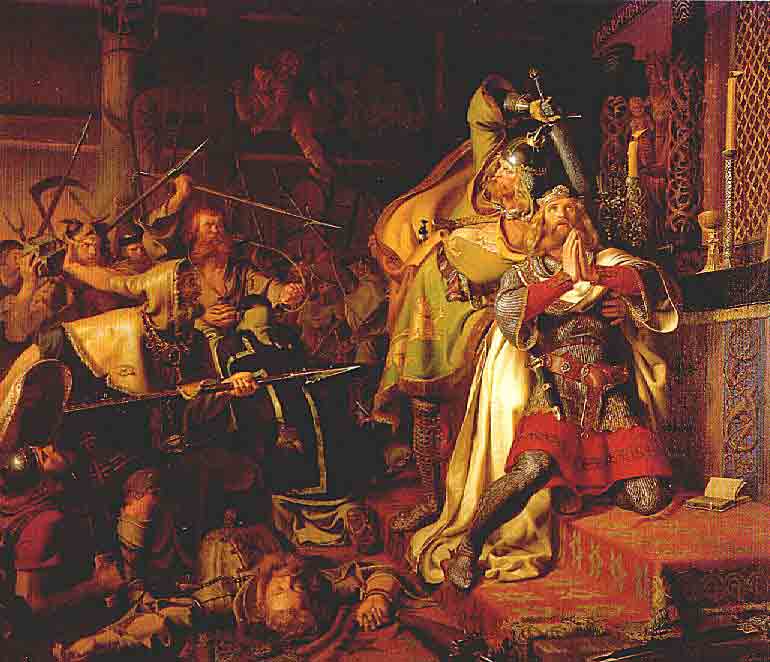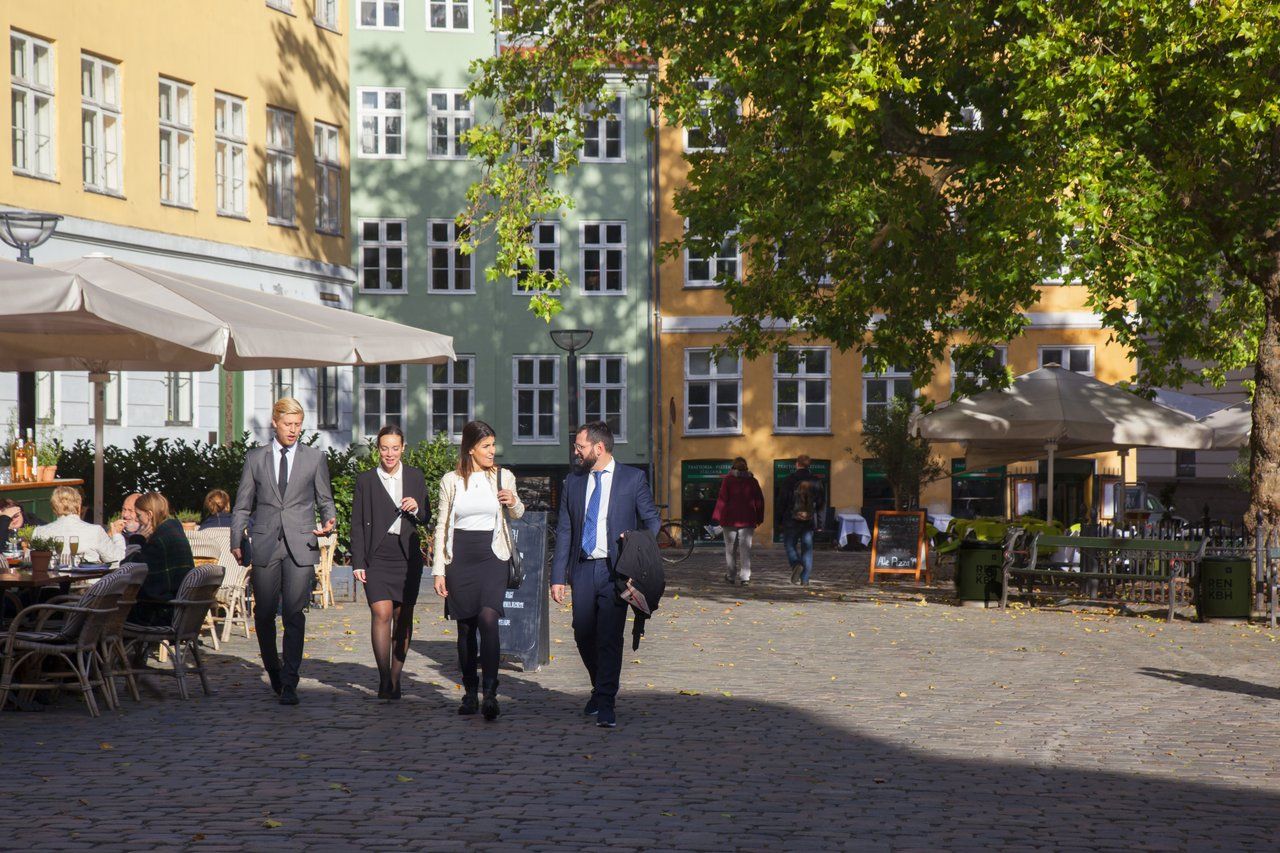Archaeologists from Odense City Museums have opened a stone coffin today that had remained untouched in the ground beneath the city for about 1,000 years, reports DR.
The so-called sarcophagus was uncovered during the extensive construction works currently undergoing in the city.
The sarcophagus was found in the locale of the former wooden St Alban’s Priory, where a Danish king, Canute the Holy, was killed in 1086.
Someone high-up
A skeleton found inside the medieval coffin will need to be examined before it can be determined who the person was.
Based on the coffin’s location and its expensive appearance, Odense archaeologists assume it was most likely someone from the very top of society, such as a bishop or a noble.
The sarcophagus consists of a casket and a four-part cover carved in limestone and was laid in a grave two metres long and half a metre wide.














